Every successful Aussie small business has one thing in common: a story that connects with customers. Think about it: Australians love a good yarn over a cold one at a barbie. When customers feel connected to your story, they stick around longer and even tell their mates about you. In fact, marketing experts say that stories crafted to resonate with your audience can build a loyal following and turn people into brand advocates. Instead of bombarding customers with sales pitches, share genuine stories and you’ll see loyalty grow.
Why Storytelling Matters for Local Businesses
At its core, storytelling is about emotions and authenticity. People don’t just buy a product or service – they buy the experience and values behind it. When your customers hear a real story, they remember it much better than a list of features. As one expert puts it, people are more likely to remember and share a story that moves them emotionally. Authentic stories also tap into that classic Aussie vibe of “fair go” – we trust genuine, down-to-earth people.
For small businesses, the stakes are high: it costs far more to find new customers than to keep old ones. Happy, loyal customers often spend more over time and refer friends to you. Authentic storytelling fosters that loyalty and encourages word-of-mouth. Think of each customer as an ambassador – when they love your story, they’ll chat about it on Facebook or down at the pub. Studies show around 90% of consumers trust recommendations from friends, and word-of-mouth referrals convert about five times more often than cold leads. In other words, a good story your customer shares can be like a personal ad that really works.
Aussies, in particular, have a bit of “tall poppy” running through us – we admire humility. Rather than saying “We’re number one!”, share a humble tale. For example, “I started fixing fences back in ’95, just me and a trusty ute, because I love building things from scratch.” People will respect your honesty and feel like they know the person behind the brand. Over time, customers might say, “I remember when [Your Name] helped us out” or “That’s the local carpenter who’s been around forever.” That sense of connection is pure marketing gold.
Finding Your Story (and Telling It)
So, what stories should you tell? Here are some ideas to consider:
Your origin story: Why did you start this business? Maybe you grew up helping on the family farm, or you mastered your craft for years before taking the leap. For example, “I’m Tom, and I built my first café from a rusty shipping container because I wanted to bring Aussie barista culture to the suburbs.”
Behind-the-scenes anecdotes: Show day-to-day life. Share a quick tale about an unexpected challenge you solved (“Last summer our truck broke down on the way to a job, but we used my grandad’s old ute to finish it that day – no worries!”). These candid stories make you relatable.
Customer success stories: Highlight real jobs or clients (with permission). For example, “The Smith family’s kitchen was flooded, so we installed a new grease trap and fixed it all in one weekend – they were chuffed!” Including a brief quote from a happy customer adds authenticity.
Your values and mission: If your business has a cause (organic produce, supporting vets, community donations), weave that into a narrative. For example: “We source all coffee from Aussie growers – keeping local farmers happy is as important as keeping our customers happy.”
Team or family spotlight: Introduce the people behind the scenes. Post a photo of your crew or family with a caption like, “Meet Sarah, our head pastry chef – she learned baking from her gran on the Central Coast.” Faces and names build personal connections.
Community milestones: Share stories of involvement, like sponsoring the local footy team or hosting a charity BBQ. Example: “Every Christmas we run a toy drive from our shop – it started with one family and now the whole street pitches in.” This shows your commitment to community.
Overcoming challenges: Don’t shy away from tough times. A story about how you weathered a tough season or a personal struggle – and came out stronger – can inspire trust and admiration. Focus on how you solved it or what you learned.
Authenticity is key. Keep these anecdotes honest and simple. Customers can spot fluff – they want the real deal. Write or tell these stories in a conversational tone, as if you’re chatting with a neighbour at the pub.
Sharing Your Story: Channels & Tactics
Having great stories is one thing – sharing them is another. Use multiple channels to get your story heard:
Website “About” page: This is prime real estate for your origin story and mission. Write it in first person (e.g. “I started [Business] in my garage in 2015…”) and keep paragraphs short. Add a friendly photo or even a short video of you talking about your journey.
Social media posts: Use Facebook, Instagram or even TikTok to tell mini-stories. For example, post a photo from your early days with a caption: “Started with a spanner and a dream, 10 years ago – and we haven’t looked back!” Or share a fun video tour of your workspace. Keep language friendly – a touch of Aussie humour goes a long way (e.g. “No flies on us today!”).
Video content: Shoot short, casual videos (1–2 minutes). You might film yourself introducing the business (“G’day, I’m Mick, and here’s why I love woodworking…”), or do a quick interview about a project. Video captures tone and personality that text alone can’t.
Email newsletters: Include a story snippet in your emails. For example, start a monthly newsletter with a short “Story of the Month” (“How we accidentally started a community garden”). Emails reach people who already know you, making them feel special and in-the-loop.
Printed materials: Even business cards or flyers can have a tagline or QR code linking to your story page. A line like “Locally owned since 2010” or a short motto can hint at your story. Receipts or invoices could say “Thanks for supporting local – here’s our story!”
Local media: Don’t forget community newspapers, radio or blogs. These outlets love local human-interest stories. Send a press release or friendly email sharing your unique story or a recent achievement. Getting featured in a local article can reach dozens of potential customers in your area.
In-person conversation: Train your staff (or yourself) to slip in story bits during chats. When someone asks “Why choose you?”, you can say “I’m a local through and through – grew up down the road, even coached the kids’ cricket team.” These personal touches make customers feel connected.
Use every touchpoint as an opportunity. The more people see your story in different places, the more it sticks.
The Result: Loyal Customers and Word-of-Mouth
When done well, storytelling turns customers into raving fans. They start to feel like they know you – and they’ll often support you beyond just a transaction. For instance, regulars may choose your café for their morning coffee just to see what’s new or to say hi. Great stories also get shared. A happy customer might tell a mate, “You’ve got to check out this bakery – the owner literally learned baking from her grandma!” Suddenly, your story is getting free exposure at every BBQ and in every Facebook group.
Studies confirm that authentic stories create a deep connection and encourage word-of-mouth. Remember, around 90% of consumers trust recommendations from friends. Loyal customers tend to spend more and refer others – they become ambassadors. For example, a client might tell two mates, “That sparky saved our day!” and recommend your number. Or a café patron might snap a photo of your famous scones and caption it with your story. Every mention is a mini advertisement.
Don’t forget to engage. When someone comments on your posts or gives feedback, reply warmly: “Thanks mate, really appreciate that!” or “No worries, we’re glad you enjoyed it!” That interaction reinforces the relationship. Each positive exchange adds fuel to the loyalty fire. After all, Aussies love backing a local mate. Keep telling your yarn with pride – genuine stories create genuine loyalty.
Common Pitfalls to Avoid
Even the best stories can fall flat if you’re not careful. A few “don’ts” to keep in mind:
Don’t be inauthentic: Avoid buzzwords or forced enthusiasm. Speak naturally, as if to a friend. If you wouldn’t say it out loud, don’t put it in your story.
Don’t forget the customer: While your story is key, always tie it back to them. Don’t just brag; explain how your story means better service or products for the customer (e.g. “Because I grew up by the coast, I understand Aussie outdoor life – that’s why I can build decks that last under the sun”).
Don’t overshare: Keep it concise. Too much detail or a long-winded saga might lose people’s interest. Edit your story down to the most interesting bits.
Don’t focus on negatives: If a story involves a mistake or problem, keep the tone positive. Emphasize the solution or lesson learned, not the drama.
Don’t rely on a single channel: Telling your story in only one place (like a hidden page on your website) won’t cut it. Repeat it on socials, in person, everywhere your customers look.
By avoiding these pitfalls, your storytelling will feel sincere and engaging rather than forced.
Keep the Yarn Going
Storytelling is not a one-off exercise – it’s an ongoing conversation. Check in with your community’s response. If a particular story got lots of likes or shares, do more of that. Encourage customers to share their own experiences with your business too (a quick repost of a customer’s photo or quote shows you care about their story).
Use Aussie charm and everyday language that your customers use. A little humour, a casual tone, and maybe a friendly “mate” or “cheers” here and there can make your audience feel right at home. Also, keep updating your story. If you win an award, expand your shop, or add a new service, treat it like a new chapter.
Above all, stay authentic and consistent. Genuine storytelling costs nothing but authenticity. Over time, you’ll build not just a customer base, but a community of supporters who feel personally connected to your journey. After all, Australians love to back a local legend. Share your story with heart and watch as customers become part of your business’s adventure.
Key Takeaways
- Keep it genuine: Be authentic and down-to-earth. Speak like you would to a neighbour.
- Use Aussie tone: Inject friendly local flavour (a “yarn,” a joke, mateship) to connect.
- Tell it everywhere: Share your story on your website, social media, email, and face-to-face.
- Build emotional connections: Focus on how you help people and solve problems.
Encourage word-of-mouth: Prompt satisfied customers to spread your story – personal recommendations are powerful.




